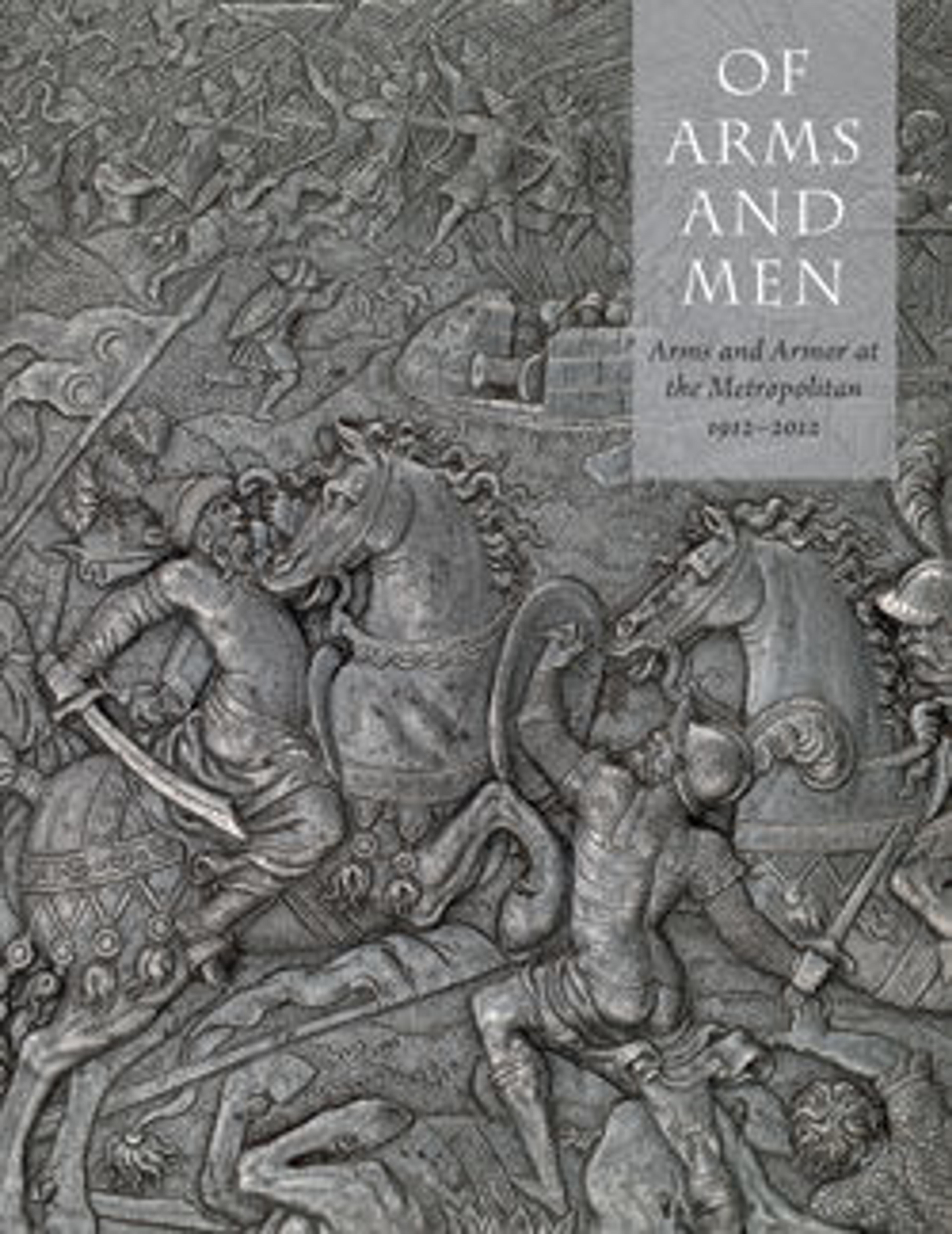Armor (Gusoku)
Although constructed in the traditional sixteenth-century gusoku (complete set) fashion, this is actually an example of the revival of earlier armor styles during the Edo period. It was part of the large collection of Japanese arms and armor formed by Arms and Armor Department founding curator Bashford Dean around 1900, during his extended stays in Japan for scientific research. The armor was included in the Metropolitan Museum's 1903 loan exhibition of Japanese arms and armor from Dean's private collection, which the Museum purchased in 1904.
Artwork Details
- Title:Armor (Gusoku)
- Date:19th century
- Culture:Japanese
- Medium:Iron, leather, lacquer, silk, copper alloy
- Dimensions:as mounted, approx.: H. 77 in. (195.6 cm); W. 26 in. (66 cm); D. 16 1/2 in. (41.9 cm)
- Classification:Armor for Man
- Credit Line:Rogers Fund, 1904
- Object Number:04.4.2
- Curatorial Department: Arms and Armor
More Artwork
Research Resources
The Met provides unparalleled resources for research and welcomes an international community of students and scholars. The Met's Open Access API is where creators and researchers can connect to the The Met collection. Open Access data and public domain images are available for unrestricted commercial and noncommercial use without permission or fee.
To request images under copyright and other restrictions, please use this Image Request form.
Feedback
We continue to research and examine historical and cultural context for objects in The Met collection. If you have comments or questions about this object record, please contact us using the form below. The Museum looks forward to receiving your comments.
